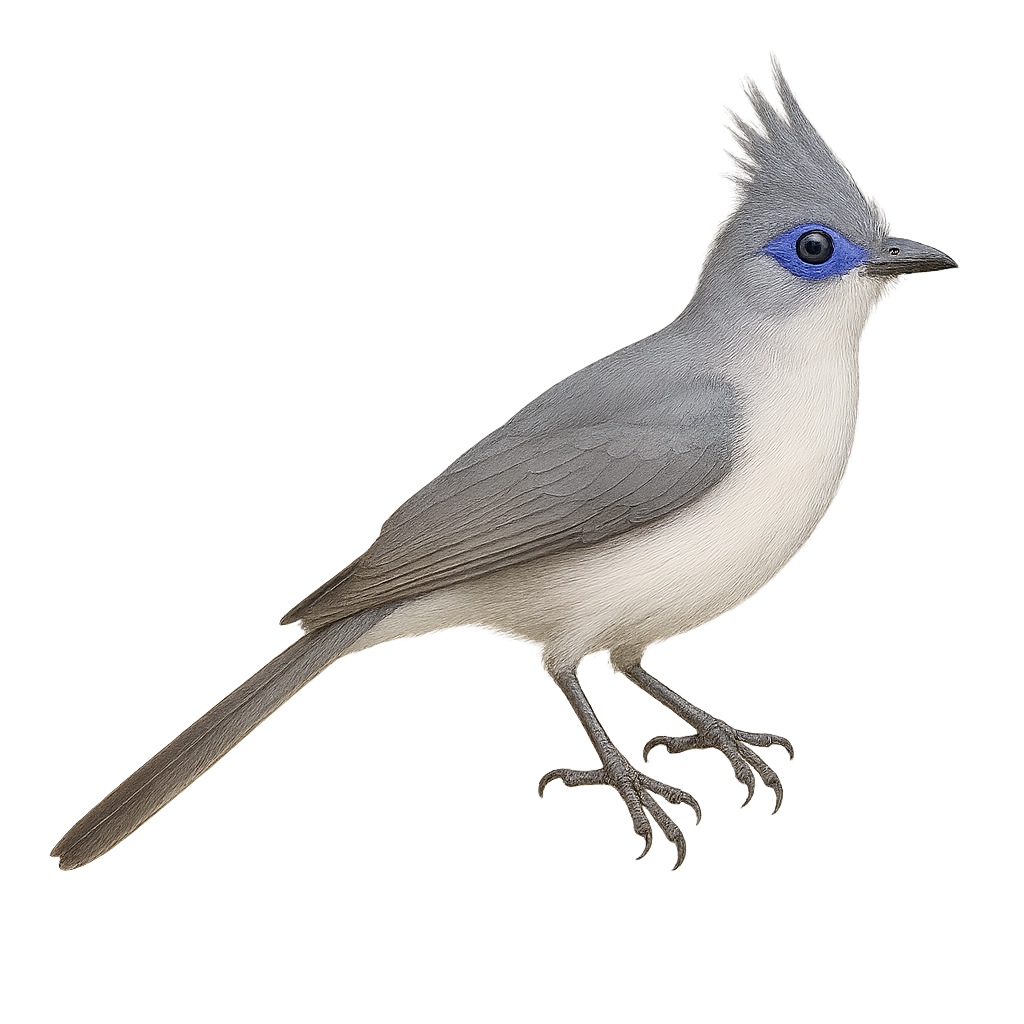Your wildlife photography guide.
Explore the verreaux's coua in detail, study its behavior, prepare your shots.
Where to observe and photograph the verreaux's coua in the wild
Learn where and when to spot the verreaux's coua in the wild, how to identify the species based on distinctive features, and what natural environments it inhabits. The WildlifePhotographer app offers tailored photography tips that reflect the verreaux's coua’s behavior, helping you capture better wildlife images. Explore the full species profile for key information including description, habitat, active periods, and approach techniques.
Verreaux's Coua
Scientific name: Coua verreauxi

IUCN Status: Near Threatened
Family: CUCULIDAE
Group: Birds
Sensitivity to human approach: Suspicious
Minimum approach distance: 10 m
Courtship display: November to December
Incubation: 18-20 jours
Hatchings: November to January
Habitat:
Dry forests, shrublands, savannas
Activity period :
Primarily active during the day, with peak activity in the morning and late afternoon.
Identification and description:
The Verreaux's Coua is an endemic bird of Madagascar, belonging to the Cuculidae family. It is characterized by its predominantly blue-grey plumage with lighter shades on the belly. This medium-sized bird measures about 40 cm in length. It is often found in the dry forests and shrublands of southern Madagascar. The Verreaux's Coua is a terrestrial bird that prefers walking or running to flying. It primarily feeds on insects, small invertebrates, and occasionally fruits. Although its conservation status is concerning due to habitat loss, it remains relatively unknown to the general public.
Recommended lens:
400 mm – adjust based on distance, desired framing (portrait or habitat), and approach conditions.
Photography tips:
To photograph the Verreaux's Coua, it is advisable to use a telephoto lens of at least 400 mm to capture detailed images from a distance. As this bird is suspicious, it is best to remain discreet and blend into the natural environment. Opt for early morning or late afternoon hours when the light is soft to achieve naturally colored shots. Be patient and wait for the bird to move into open areas for better visibility.
The WildlifePhotographer App is coming soon!
Be the first to explore the best nature spots, track rutting seasons, log your observations, and observe more wildlife.
Already 1 431 wildlife lovers subscribed worldwide

